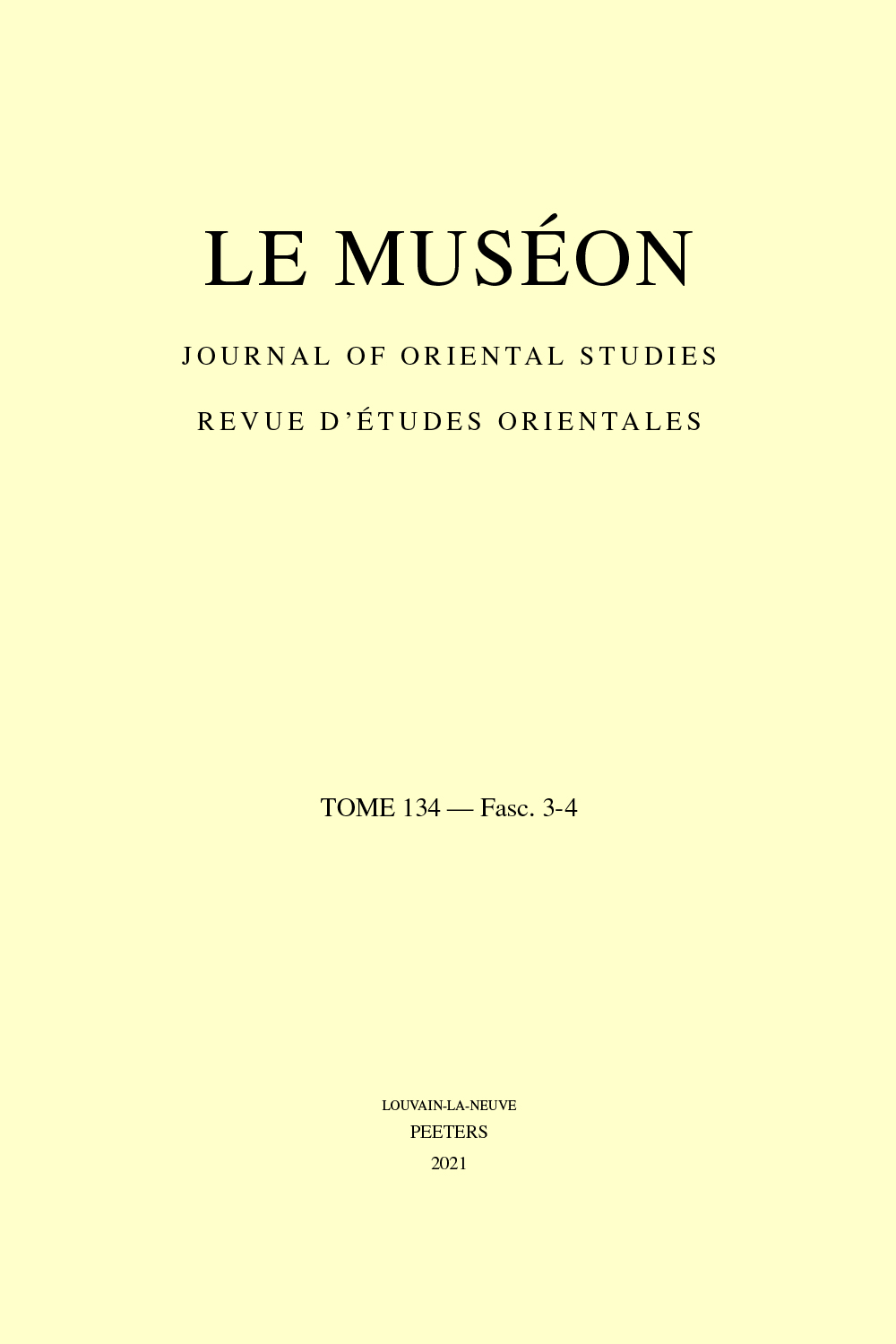 previous article in this issue previous article in this issue | next article in this issue  |

Preview first page |
Document Details : Title: The Armenian Alphabet in Context Subtitle: Some Remarks about the Reasons and Methods of its Creation Author(s): GARIBIAN, Nazenie Journal: Le Muséon Volume: 136 Issue: 1-2 Date: 2023 Pages: 185-200 DOI: 10.2143/MUS.136.1.3291860 Abstract : The creation of the Armenian alphabet at the beginning of the 5th century provided the instruments for developing the national written language and laid the foundations for building the new Christian identity. The present paper offers a further reflection on the immediate reasons and methods for this invention trying to analyse it in the general context of the political and religious realities of the Sasanian Empire. According to the author, the creation of an original alphabet followed by the written translation of the Bible into Armenian should be considered as one of the measures in a broad strategic project of 'Salvation' undertaken by the Armenian secular and religious authorities in order to react against the Zoroastrian threat. In this respect, its idea and used technics could be seen in a direct relationship with the new alphabet created in Sasanian Iran – most probably at the very beginning of the 5th century – in order to render the Avestan language and to write down the Mazdean holy teaching. Unlike the Pahlavi one, this 'religion’s script' (din dabireh or din dabiri) clearly possessed a special sign for every vowel distinguished in the oral tradition, and no doubt has been inspired by the Greek model. |
|


